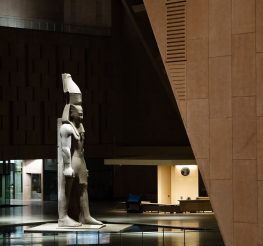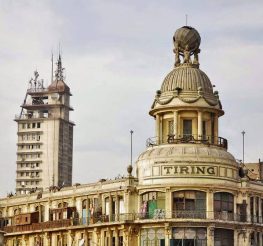Beneath the Mosque: The Hidden Cistern of Al-Muizz Street
Al-Muizz Street Islamic Cairo Old Cisterns in Cairo Ottoman Era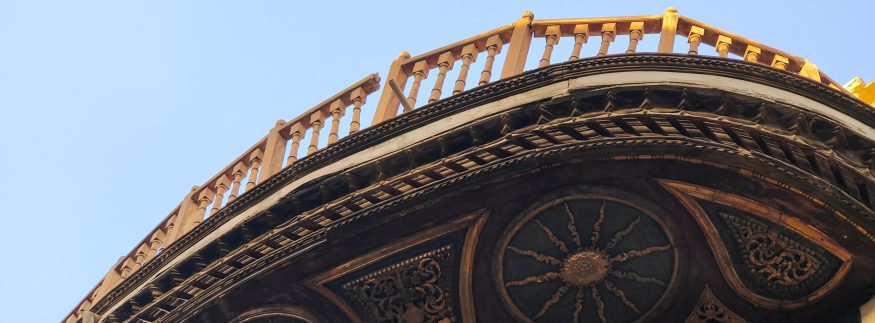
Safy Allam
Stroll down Cairo’s Al-Muizz Street and you’ll feel the centuries pressing in. The cobblestones are worn smooth by countless footsteps, mashrabiya balconies throw intricate shadows on the ground, and the air carries the scent of spice and fresh bread. Every turn offers a slice of history. Yet, beneath the surface hides a treasure that most passers-by will never see: an enormous underground water cistern; silent, majestic, and almost forgotten.
It lies beneath the Ottoman-era Mosque-Sabil-Kuttab of Suleiman Agha al-Silahdar, built in 1839 under the reign of Mohamed Ali Pasha. This wasn’t simply a place of prayer. The complex combined three elements: a mosque for worship, a kuttab to teach children the Qur’an, and a sabil, a public drinking fountain offering fresh water to anyone in need. Beneath that sabil, deep underground, the cistern stored a vast supply of water, enough to fill around 15 modern lorries, ensuring the fountain could serve travellers and locals day and night.
An Act of Architecture and Altruism
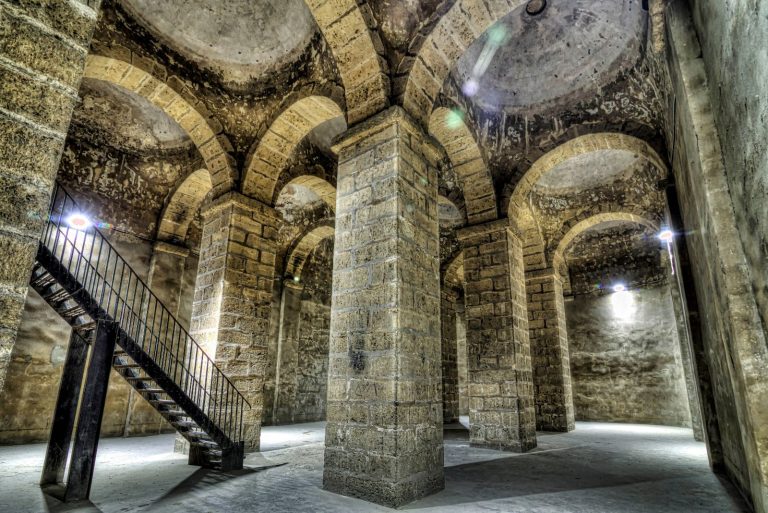
In Islamic cities, providing water to the public was considered an act of piety and civic duty. The Suleiman Agha cistern is a rare surviving example of this tradition, rooted in the charitable endowment system known as waqf. It’s not just a feat of engineering; it’s a work of compassion set in stone.
Step inside, and the atmosphere shifts. The air is cool, the light dim, and the sound of your footsteps echoes off vaulted ceilings that have stood for nearly two centuries. Perfectly aligned stone blocks bear the marks of craftsmen who placed each one with precision, their work designed to endure generations. The arches curve elegantly overhead, not just for beauty but to evenly distribute weight with a marriage of form and function.
Above and Below

Image via Website
Above ground, the mosque is an exquisite specimen of late Ottoman architecture. Its carved wooden ceilings, marble mihrab, and elegant minaret blend traditional Islamic design with hints of European Renaissance style. Standing there, you’d never guess that directly beneath your feet is a cavernous reservoir, once brimming with life-sustaining water.
Together, the mosque and its hidden cistern tell a layered story: worship and charity, beauty and utility, faith and foresight.
A Legacy Preserved

Image by Rego Photography
By the early 21st century, time had taken its toll on the structure. In 2015, a remarkable twist in the story unfolded: a descendant of Suleiman Agha himself oversaw a careful restoration of both mosque and cistern. Every arch, every stone was tended to, preserving not just the building’s physical form but its spirit of generosity.
Today, the restored cistern remains closed to casual visitors, adding to its mystery. Those who are lucky enough to descend into it often describe the experience as stepping into another world, part history, part legend.
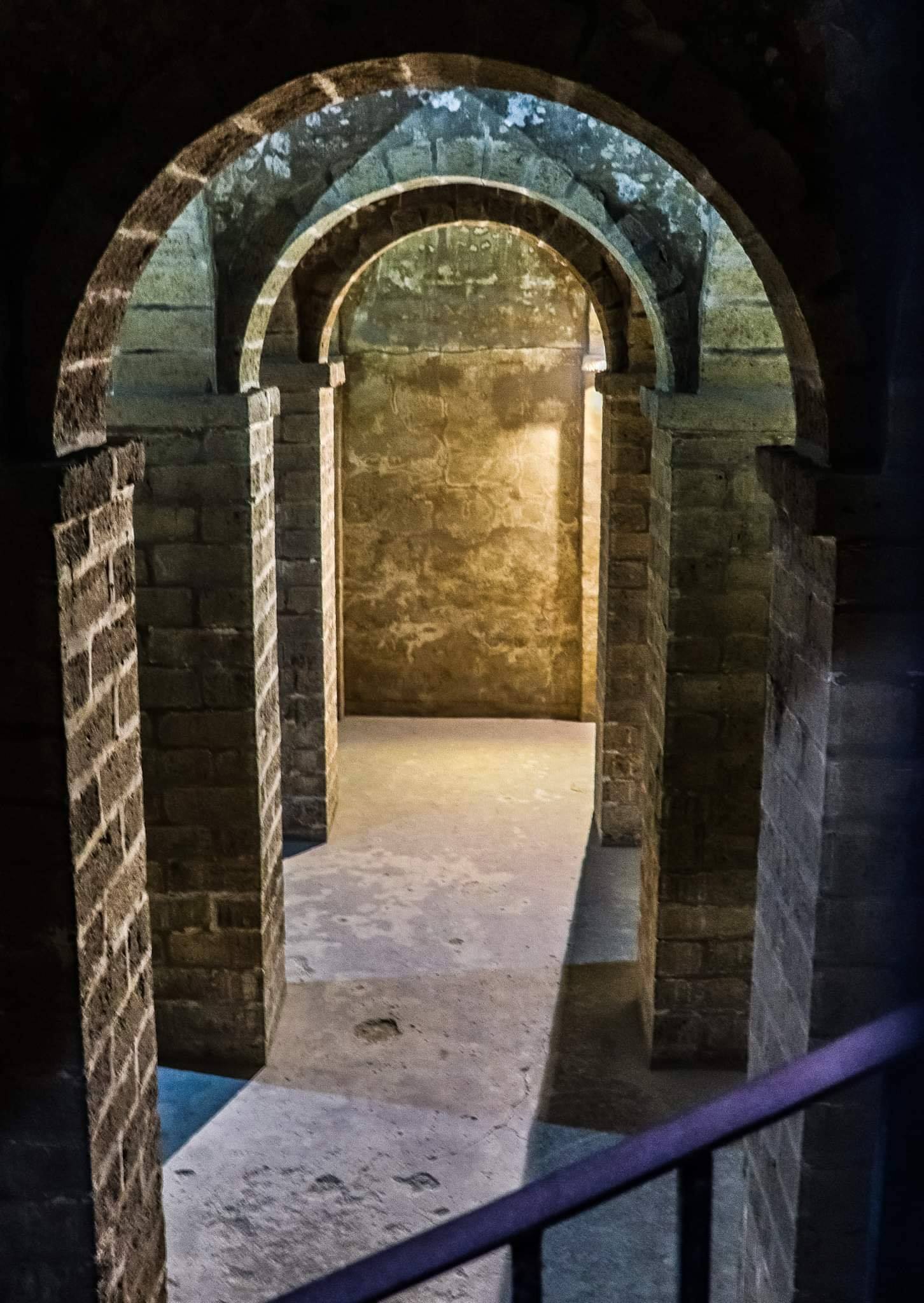
Image by Ahmed Rasull
The cistern is more than an architectural curiosity. It’s a living reminder of how urban design once wove public service into the very fabric of a city. It’s a testament to an era when charity was not only preached but built into stone, water, and shadow. And it stands quietly under the bustle of Al-Muizz Street, waiting for those who know where and how to look.
recommended
 Arts & Culture
Arts & Culture
CIFF 46: What to Expect at This Year’s Cairo International Film Festival
annual event Cairo International Film Festival +6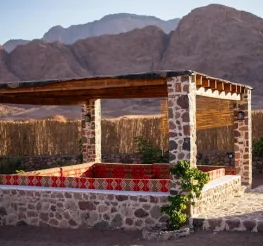 Sights & Travel
Sights & Travel


